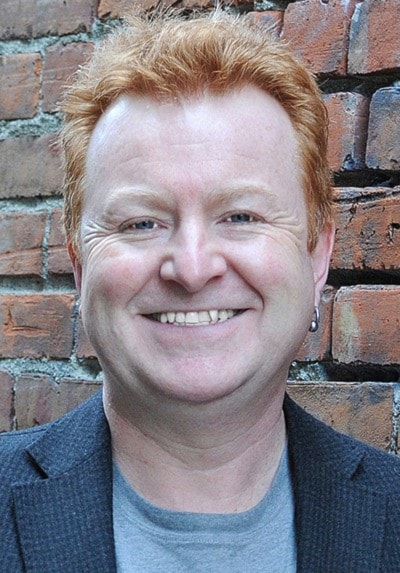Living on the streets is a death sentence for many.
An unusual spike in the mortality rate of our homeless citizens this summer has seen a threefold increase, making social service agencies look at the approaching winter with alarm.
Last week, 43-year-old Thomas Theodore Fisher became the latest victim after a portable heater in his makeshift camp caught fire. Fisher is one of about 30 people from the street community to die since June.
Don Evans, Our Place executive director, says the “unusually high” spike in deaths comes from a variety of causes, such as infections, pneumonia, heart attacks and drug-related problems. The death toll also includes one suicide and a killing.
“There are generally more deaths in the winter, so I hope this isn’t a sign of things to come,” Evans told me in a recent telephone chat.
Our homeless community consists of a variety of individuals, some of whom are down on their luck and are actively looking for a helping hand to reach the first rung on the long climb back to stability, while others have deliberately turned their backs on society because of mental-health issues, addiction or the devastating fallout from abuse.
But while larger cities, like Toronto or Vancouver, tend to receive the lion’s share of government funding, Victoria’s homeless population has maxed out its current resources.
The only quick-fix available is for sanctuaries, such as Our Place, to expand their hours to include weekends and evenings. But at an extra cost of over half-a-million dollars per year, funding seems a challenge. On top of that, Victoria also needs another year-round night shelter for the hardest-to-house. And, unfortunately, no sooner would it be built, than we’d likely need another as our homeless population continues to grow.
Victoria’s citizens have big hearts and generous spirits — this is a city where volunteers step up to run sock drives every winter because so many of our homeless citizens lose their feet to rot, simply because their feet are never dry — but that is not enough.
We need new ideas, specially trained workers and a Canada-wide system that helps people before they reach this crisis level. That means higher minimum income levels, more affordable housing and free and easy access to medical and psychological professionals.
Quick fixes and more funding are needed in Victoria now, but they aren’t the long-term solution. We need a national government with vision that looks at Canada’s citizens as a whole rather than divided into have and have-not provinces, and distributes its national resources toward a sustainable solution rather than stop-gap measures. M
